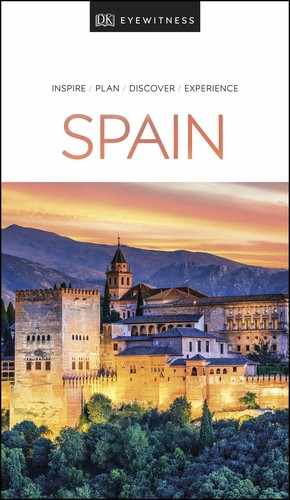Extremadura

t The vast central pit of Mérida’s Anfiteatro, overlooked by seats
Experience Extremadura
Extremadura once formed part of the Roman province of Lusitania, and Mérida, its capital, was a major centre during that time. Evidence of this is still writ large in the city’s extraordinary set of Roman remains, including a forum, a circus and a magnificent amphitheatre, as well as elsewhere in the region, such as the Roman bridge at Alcántara.
Extremadura’s climate, however, made it an inhospitable region, and over the centuries it became one of Spain’s poorest. It may have been these conditions that pushed some of its inhabitants to seek their fortune overseas, and Extremadura is famously the birthplace of many conquistadors and emigrants to the New World in the 15th and 16th centuries. The riches they found on the other side of the world financed a surge of building. The Real Monasterio de Nuestra Señora de Guadalupe, in the eastern hills, is perhaps the most splendid monument to the region’s New World ties. The old town of Cáceres, with its noble mansions, and Trujillo’s many palaces and grand churches are a testament to the wealth of that short heady time.
The castles and stout walls of Alburquerque and Olivenza, meanwhile, mark frontiers embattled throughout history, notably during the reconquista of those regions in the 13th century and the 19th-century battles with neighbouring Portugal (Olivenza was part of Portugal from 1297 to 1801 and the country still claims sovereignty over the town). Today, Extremadura remains one of Spain’s poorest and least densely populated regions. Somewhat overlooked by international tourism, its economy is bolstered by producing tobacco and cultivating pork for Spain’s famous jamón ibérico.
